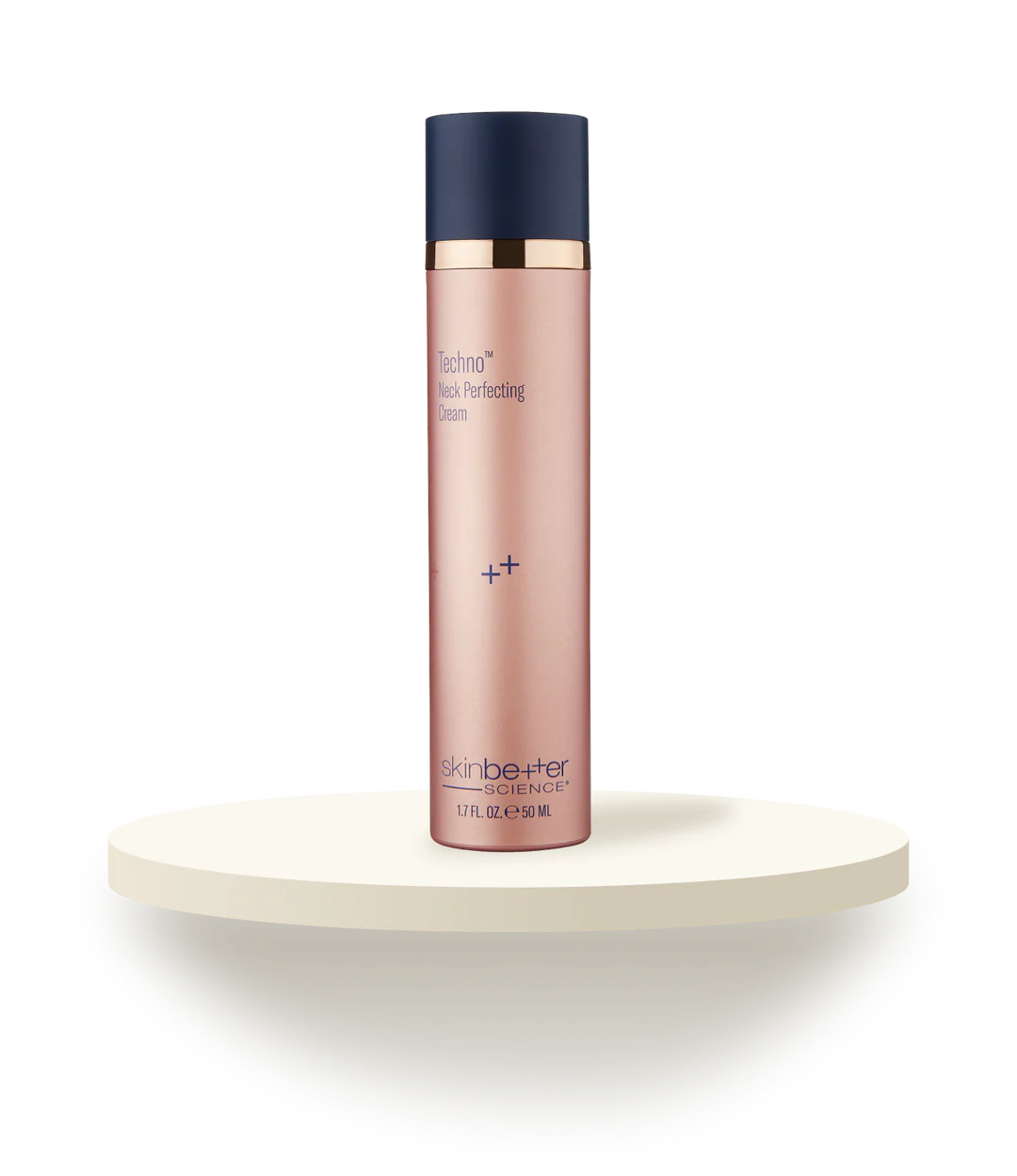Stretch Marks
Stretch marks can be frustrating scars for some individuals following significant and rapid changes in their body composition.
Content Reviewed by AEDIT Medical Advisory Board
When we think of stretch marks, an expecting or recently new mother probably comes to mind. And while it's true that stretch marks commonly occur during pregnancy, stretch marks, or striae, can also occur following any significant body composition change. Adolescents in a growth spurt, extreme bodybuilders, those who have undergone substantial weight changes, and individuals on certain medications (like cortisone) can also experience stretch mark formation. This scar tissue may cause concerns with skin tone, skin texture, and overall body aesthetic. Happily, cosmetic procedures and plastic surgeries can assist with lessening, or even removing, these lesions.
The skin is made up of three layers. The top layer is the epidermis and it contains skin pigment (melanin) producing cells (melanocytes). The second layer is the dermis which contains sweat glands and hair follicles. The last layer is the hypodermis and it primarily contains fat cells (subcutaneous tissue) and connective tissue.
Elastin and collagen are two important skin matrix proteins that are produced by fibroblast cells which are found in the dermis. Collagen makes skin strong and elastin makes skin… elastic.
Put simply, stretch marks or striae are a type of scar tissue caused by rapid stretching of the skin. Striae distensae are a general term for stretched skin with striae rubrae specifically referring to early stretch marks. Striae gravidarum specifically refers to stretch marks post pregnancy.
When skin is abruptly stretched or forced to expand, collagen and elastin proteins in the dermis rupture, and as they heal they leave significant scar tissue. Since the injury occurred in the second skin layer, a deeper layer of tissue, the scarring is more pronounced and leaves noticeable surface level skin changes.
At first stretch marks are often purple or reddish in color, may be slightly raised, and can sometimes cause itchiness. Over the course of months, usually about a year, stretch marks naturally fade to a pale color and flatten. Some stretch marks may even become depressed below the surrounding skin level.
Now that we understand how stretch marks form, let’s consider the implications for skin appearance. Without intervention stretch marks will typically become less noticeable, however, even after one year, which is typically when their appearance finalizes, these marks can still be quite noticeable.
Stretch marks occur under specific sets of circumstances correlated to quick and intense changes in body contours. Basically, if the body is asked to quickly accommodate more size there is a risk of stretch mark formation. Adolescents undergoing growth spurts are also at risk for stretch marks.
Also of note, some medications, especially corticosteroids, can lead to the formation of stretch marks with prolonged use due to the effects of steroids on the skin matrix. Additionally, the medical conditions Marfan Syndrome and Cushing's Syndrome increase the risk of the appearance of stretch marks.
While some individuals may not be concerned with their stretch mark appearance, for those who wish to improve the aesthetic of these skin lesions there are numerous options. With stretch marks timing can influence the most appropriate treatment.
For stretch marks seen early in their formation, daily tissue massages performed at home by the individual can help reduce scar appearance. Over the counter lotions and moisturizers with hyaluronic acid or retinoids (especially prescription tretinoin) may also lessen the appearance of early stretch marks.
Stretch marks are typically mature 12 months after their initial appearance. In this case, if the stretch mark is red in color, vascular laser treatments like Pulsed Dye Laser may help lessen their appearance. Microdermabrasion can also be used to reduce scar tissue. For complete removal of stretch marks occurring below the belly button a Mini Tummy Tuck or Abdominoplasty (sometimes as part of a Mommy Makeover) is effective.
To learn more about these treatment options, check out our guide to Stretch Mark Solutions.
